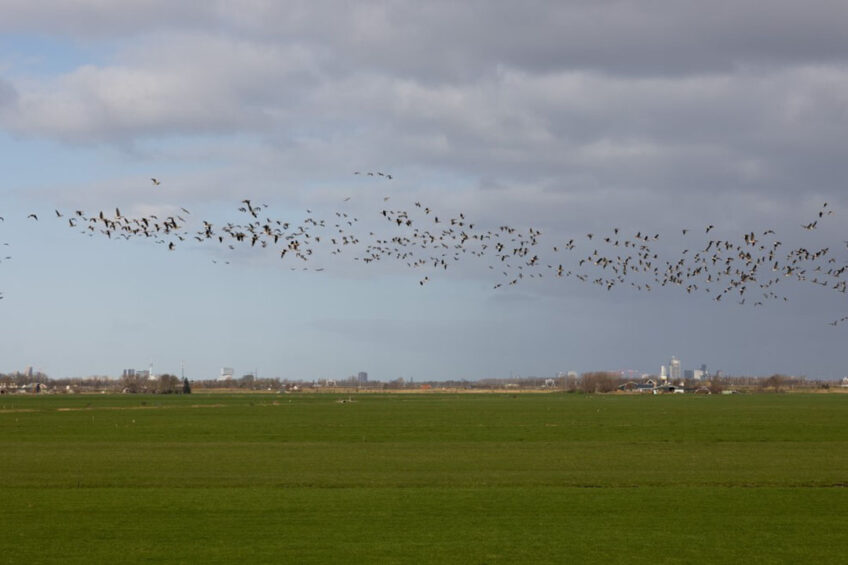Unprecedented number of bird flu cases in Europe this summer

An unprecedented number of cases of highly pathogenic avian influenza virus have been detected in wild and domestic birds this summer (June to September) in Europe, according to EFSA, the European Centre for Disease Prevention and Control, and the EU reference laboratories.
In previous years’ summers, virtually no or only a few cases were detected. This year, however, between 11 June and 9 September 2022, a total of 788 cases of highly pathogenic avian influenza virus were reported in 16 EU/EEA countries and the UK with 56 in poultry, 22 in captive birds and 710 in wild birds.
Massive effect on wild bird species
Cases in wild birds occurred in 15 European countries, reaching sea bird breeding colonies on the north Atlantic coast, which led to massive mortality, particularly in Germany, France, the Netherlands, and the UK.
A 5-fold increase in cases in domestic birds
From June to September, the number of outbreaks in domestic birds declined compared to previous months. However, the number of cases were 5 times higher compared to the same period in 2021.
An ongoing epidemic
The current epidemic is clearly still ongoing, according to Guilhem de Seze, head of the risk assessment production department at EFSA. “As autumn migration begins and the number of wild birds wintering in Europe increases, they are likely at higher risk of HPAI infection than previous years due to the observed persistence of the virus in Europe.”
Extraordinary geographical reach
The ongoing HPAI season has produced the largest epidemic seen so far in Europe, with a total of 2,467 outbreaks in poultry and 47.5 million birds culled in affected establishments, reports EFSA. In addition, 187 detections were notified in captive birds and 3,573 in wild birds.
“The geographical reach of this year’s epidemic is unprecedented, with reported cases ranging from the Svalbard islands in Norway to southern Portugal, and as far east as Ukraine, affecting 37 European countries in total,” states EFSA.
The avian influenza virus crosses the Atlantic
In autumn 2021, the HPAI A(H5N1) virus crossed the Atlantic Ocean for the first time, spreading from Europe to North America along migration routes, causing a severe epidemic in poultry in several Canadian provinces and US states as well as causing mortality in wild birds.
The avian influenza overview, June – September 2022, can be found here.
Join 31,000+ subscribers
Subscribe to our newsletter to stay updated about all the need-to-know content in the poultry sector, three times a week. Beheer
Beheer











 WP Admin
WP Admin  Bewerk bericht
Bewerk bericht